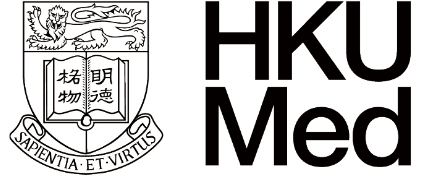Videos / Case Sharing
Videos / Case Sharing
Understanding Prurigo Nodularis
Prurigo nodularis is a chronic skin condition characterized by intense itching and thick nodules. It is caused by immune system dysfunction and neuroinflammation. Diagnosis is based on the presence of nodules located on the hands, feet, back, and chest. It is not contagious, and common misconceptions include fears of contagion and mistaking it for abnormal skin growth. Effective management of prurigo nodularis focuses on disrupting the “vicious cycle” of itching. Maintaining the skin moisturized, avoiding irritants, engaging in hobbies, and reducing stress can help. Additional measures such as trimming nails, wearing protective clothing, and using cold compresses can also alleviate itching.
Latest Treatments for Prurigo Nodularis
Recent breakthroughs in treating prurigo nodularis include the use of biologics, which specifically target abnormal immune factors to reduce inflammation and itching with fewer side effects. Traditional treatments such as steroid creams, phototherapy, and immunosuppressants often come with side effects. Biologics have shown significant efficacy, improving patients’ quality of life. With more treatment options available, patients should stay hopeful and communicate with their doctors to stay informed about the latest treatments.
Prurigo Nodularis (Case 1)
Ms. Bu developed prurigo nodularis three years ago following mite bites. It significantly impacted her life, causing intense itching, bleeding, and limiting her social activities. At its worst, her legs and hands were covered in wounds, affecting her sleep and mood. After trying various treatments, she started using biologics, which improved her condition by 80-90%. She now self-injects biologics at home with minimal side effects. Her daily care includes avoiding hot water baths, keeping her skin moisturized, and wearing cotton clothing. She encourages other patients to stay relaxed and manage stress to help alleviate symptoms.
Prurigo Nodularis (Case 2)

